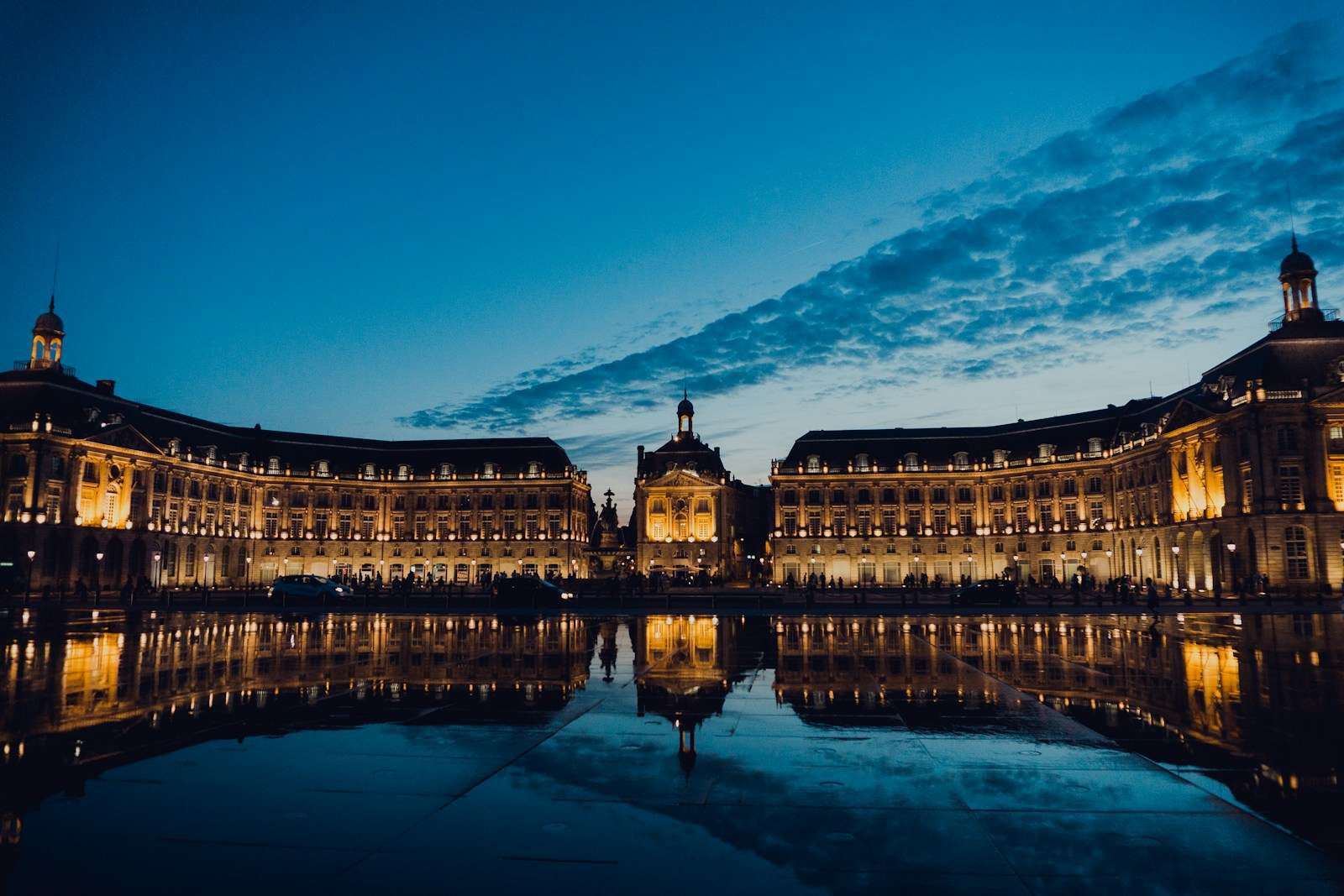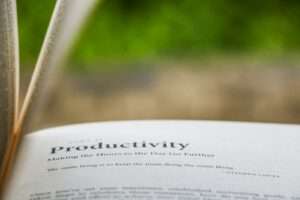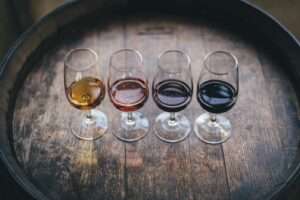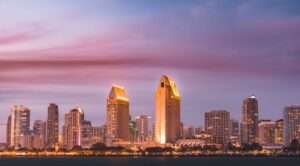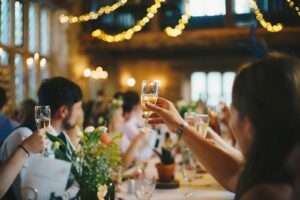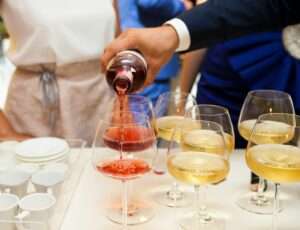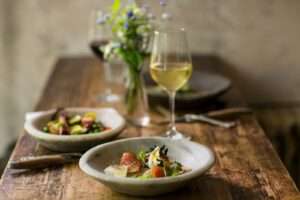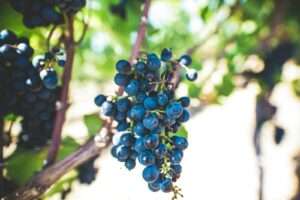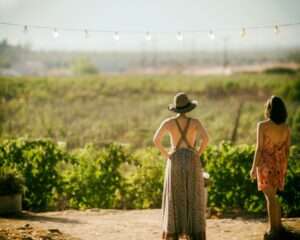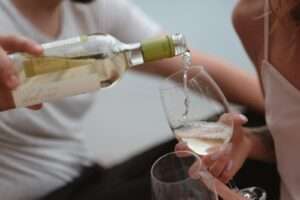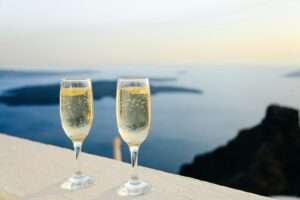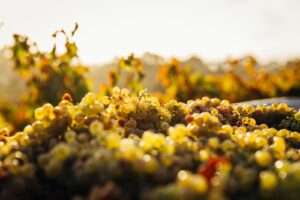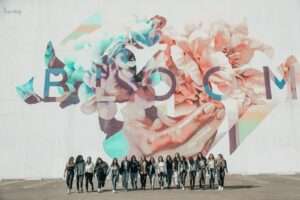Table of Contents
Wine 101 The Fascinating Bordeaux
Discovering Bordeaux: A Symphony of Grapes, Regions, and History
Bordeaux Unveiled in 60 Seconds: A Quick Journey Through Essence
- Introduction:
- Title: “Bordeaux Unveiled: Where Tradition and Terroir Converge”
- Navigating Bordeaux’s Legacy in a Glass
- Engage the reader by highlighting the allure of Bordeaux’s wine blends and the rich tapestry of knowledge to explore.
- Bordeaux Essentials in a Snapshot:
- Essence in a Glimpse: Bordeaux Unraveled
- Condense key information into bullet points for quick absorption.
- Prominence of Cabernet Sauvignon or Merlot.
- Vintage importance.
- Three main styles.
The Resounding Fame of Bordeaux: A Blend of Location and Legacy
- Why Bordeaux Wines are Famous:
- Bordeaux’s Triumph: A Blend of Soil, Climate, and Trade
- Delve into Bordeaux’s success, attributing it to prime location, ideal climate, and historical trade advantages.
- Proximity to a major port.
- Early international acclaim.
- Location of Bordeaux: A Geographical Tapestry:
- Bordeaux’s Geographic Canvas: Left Bank vs. Right Bank
- Unveil the geography, explaining the significance of the left and right banks.
- Bordeaux’s west coast location.
- Impact of the Gironde estuary.
- Effects of the Gulf Stream.
Grapes and Blends: Crafting Bordeaux’s Symphony
- Grape Varieties in Bordeaux Blend: A Harmonious Ensemble:
- Crafting Complexity: The Ballet of Bordeaux Grapes
- Explain the varieties and their roles in creating the Bordeaux blend.
- Red Bordeaux blend ingredients.
- Role of Merlot and Cabernet Sauvignon.
- Left Bank vs. Right Bank Blends: A Tale of Tannins and Texture:
- Banks and Bottles: Decoding Bordeaux’s Left and Right
- Explore the characteristics influenced by the bank location.
- Generalizations on left bank blends.
- Insights into right bank blends.
White Bordeaux: A Subtle Elegance in the Shadows
- White Bordeaux: Beyond the Reds:
- A Sublime Whisper: The Underrated World of White Bordeaux
- Shed light on the often-overlooked white Bordeaux, emphasizing Sauternes.
- Dominant varieties: Sémillon and Sauvignon Blanc.
- Sauternes’ global acclaim.
Understanding Bordeaux’s Classification System: A Mosaic of Complexity
- Bordeaux Classification System: Unraveling the Layers:
- Navigating Complexity: Bordeaux’s Classification Symphony
- Simplify the intricacies of the Bordeaux classification systems, covering the Classification of 1855 and right bank appellations.
- Overview of 1855 Classification.
- Insights into right bank appellations.
Demystifying Bordeaux Costs: From Everyday Sips to Celebratory Sips
- The Price Spectrum: Navigating Bordeaux’s Diverse Offerings:
- From Everyday to Extravagant: Bordeaux’s Priced Palette
- Guide readers on Bordeaux’s pricing, emphasizing the range and occasions.
- Affordability of quality Bordeaux.
- Ages-worthy selections.
Conclusion: Savoring Bordeaux: A Journey for Every Palate
- Bordeaux’s Legacy: From Glass to Occasion
- Summarize the richness of Bordeaux’s heritage and its accessibility for diverse celebrations.
Facts about Bordeaux
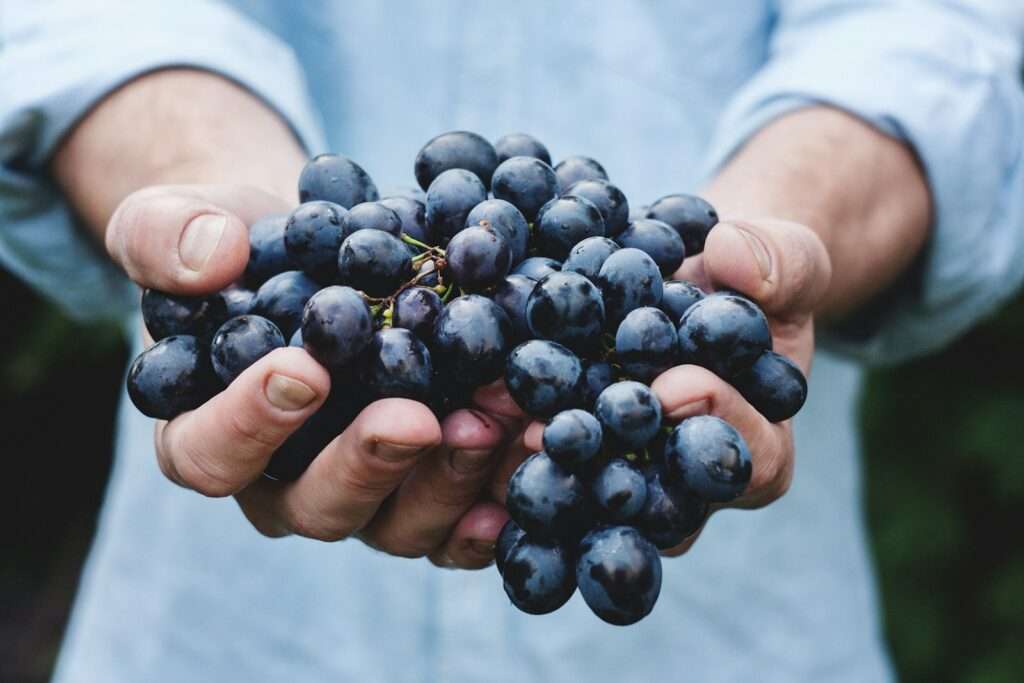
- Historical Legacy: Bordeaux, located in southwestern France, is one of the most famous and historic wine regions globally, with a winemaking history dating back over 2,000 years.
- Bordeaux Blend: Bordeaux is renowned for its red wine blends, typically composed of Merlot, Cabernet Sauvignon, Cabernet Franc, Petit Verdot, and Malbec. These blends create wines of complexity and balance.
- Left-Bank and Right-Bank Distinction: The Bordeaux region is divided by the Gironde River into the Left Bank and Right Bank. Wines from the Left Bank, like Médoc, are often Cabernet Sauvignon dominant, while Right Bank wines, like Saint-Émilion, lean towards Merlot.
- Classification of 1855: The Bordeaux Wine Official Classification of 1855 ranks various Bordeaux estates into classes, primarily for the Medoc region. This classification, still influential today, includes First Growths like Château Lafite Rothschild and Château Margaux.
- Grand Cru Classé: Bordeaux has several classifications, including Grand Cru Classé, which denotes exceptional vineyards. This classification is not limited to red wines; it also includes prestigious white wine estates.
- Global Reputation: Bordeaux wines have a global reputation for quality and are often used as benchmarks for Cabernet Sauvignon and Merlot-based blends. The wines are associated with elegance, structure, and aging potential.
- Terroir Influence: Bordeaux places a strong emphasis on terroir, where the characteristics of the soil, climate, and grape varieties combine to create unique flavors. The region’s diverse terroirs contribute to the variety of wines produced.
- Sauternes and Sweet Wines: Bordeaux is home to the Sauternes region, renowned for its sweet white wines, notably Château d’Yquem. These wines are made from botrytized grapes and are prized for their richness and complexity.
- Entre-Deux-Mers: The Entre-Deux-Mers region, located between the Garonne and Dordogne rivers, is known for white Bordeaux wines. Sauvignon Blanc, Sémillon, and Muscadelle are commonly used in these refreshing and crisp wines.
- Wine Tourism: Bordeaux attracts wine enthusiasts with its picturesque vineyards, historic châteaux, and wine-related tourism. Visitors can explore the region’s estates, participate in tastings, and enjoy the beautiful landscapes.
Interesting ones to try
2018 Albert Bichot Secret de Famille Bourgogne Côte d’Or
- Taut and savory, this wine boasts exceptional structure even after five years
- Medium-grained tannins assertive yet softened, framing wild cherries, blackberries, tobacco, and leather
- Ideal for the table, particularly shining with roasted duck
- Elevate your tasting experience with this Burgundian masterpiece
2019 Domaine du Cellier aux Moines Givry 1er Cru Clos du Cellier aux Moines
- Shimmering with notes of pomegranate syrup and kirsch
- Kissed with candied rose petals, orange peels, and red and black raspberries
- Savory notes reminiscent of sweetly roasted red beets
- Cardamom and tobacco marking the long, savory, yet fruit-forward finish
2020 Georges Duboeuf Domaine Béranger Pouilly-Fuissé 1er Cru Pouilly
- Rich, spiced, and carried on a silky texture
- Lovely tropical fruit like pineapples and mangoes
- Generous Chardonnay embodying the joy of Pouilly-Fuissé
- Wine joy enhanced with notes of white tea and lemon verbena
2019 Louis Jadot Pinot Noir Bourgogne
- Remarkably floral nose anchored by savory mineral and orange peel aromas
- Lively palate with mouthwatering acidity, flavors of mountain berries, and cherries
- Woodsy spices lingering beautifully, with prominent cinnamon sticks
2019 Prosper Maufoux Bourgogne Hauts – Côtes de Beaune Blanc
- Unexpectedly toasty, showcasing hazelnuts, almonds, lemon oils, baked apples, honeycomb, and fennel
- Drying, mineral finish calling for richer dishes
- A delightful wine experience with the benefits of aging
2020 Simonnet-Febvre Petit Chablis
- From one of the most widely available Chablis producers
- Textbook example with notes of oyster shells, slate, and lemon pith
- Lending spine to hard pears, green apples, and springtime blossoms
2021 Château de Ferrand Saint-Émilion Grand Cru Classé
- Effusive plum and cherry fruit setting the stage for freshness and depth
- Concentration, length, brightness, and structure in a fantastic interplay
- Vibrant cassis and purple plums, complicated with allspice and grilled-lemon acidity
- A fantastic buy for under $40, promising an exquisite wine experience
2015 Château Fonplegade Saint-Émilion Grand Cru Classé
- Fully mature, mixing cassis and blackberry liqueur with brown-sugar caramel, cured meat, cedar, and caramelized plums
- Assertive tannins melting into sweetness and generous spiciness
- At its peak at eight years, yet capable of aging for another decade
2019 Château Royaumont Lalande de Pomerol
- Fresh, savory Right Bank blend of 70% Merlot and 30% Cabernet Franc
- Plush texture with tannic framing for aging
- Peppery spice, earthiness, alongside black currants, plums, and black figs
- Generous after decanting, promising beautiful aging for several years
2016 Les Fiefs de Lagrange Saint-Julien
- Second wine of Château Lagrange with impressive young vines
- Structured tannins countering round and upfront texture
- Black cherries, licorice root, and cacao nibs creating a promising cellar-worthy wine
- Enjoyable now or for the serious enthusiast, a wine with a bright future
Find out more about our experiences.
You may also want to check out our gallery for past events.
